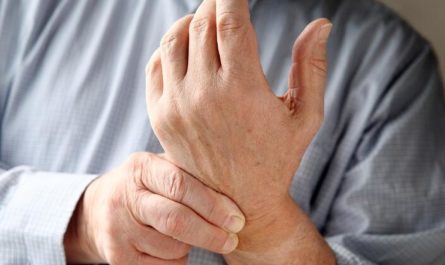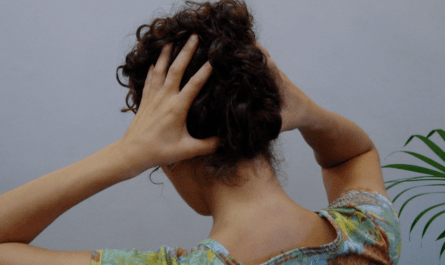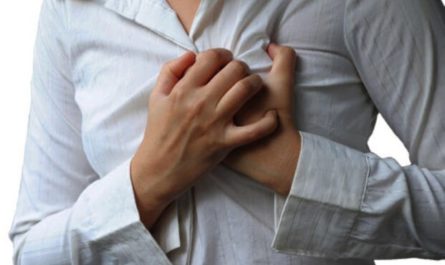Experiencing chest pain on the left side can be alarming. Although it could indicate cardiac problems, many other health conditions can also lead to this discomfort. This article will discuss various causes, ranging from minor issues to more serious medical conditions. By exploring these common causes, you’ll gain valuable insights into identifying the root of your chest pain and whether it requires immediate medical attention.
Anatomy of the Chest: Understanding the Left Side
The chest, or thoracic cavity, is a complex region of our body housing several vital organs and structures. On the left side, the most prominent structures include the left lung, the heart, part of the aorta, and various blood vessels and nerves. Pain in this area can arise from any of these structures or the chest wall comprising the ribs, muscles, and skin.
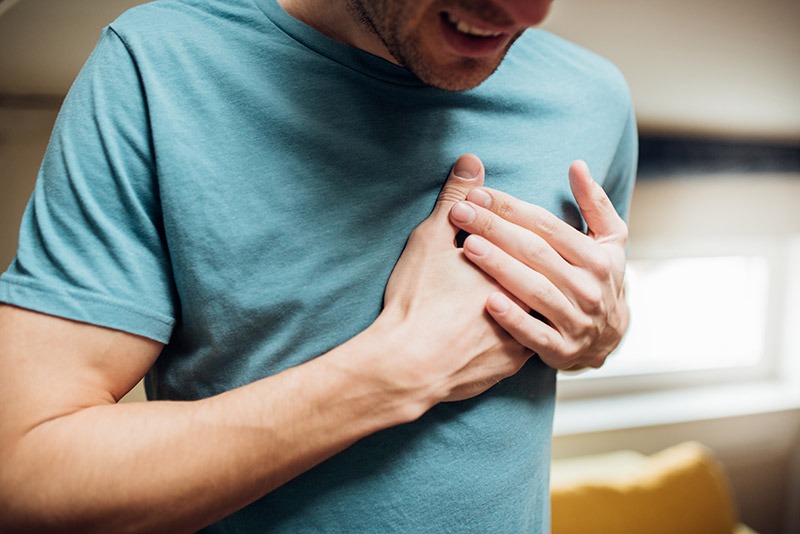
Symptoms Associated with Chest Pain on the Left Side
Chest pain on the left side can be associated with various symptoms, depending on its cause. With heart-related issues, you may experience shortness of breath, sweating, nausea, or fainting. Lung-related conditions might present with cough, fever, or difficulty breathing.
If a digestive issue is at fault, you might notice heartburn, bloating, or changes in your bowel habits. Remember, you should seek medical attention immediately if you experience severe or persistent chest pain.
22 Common Causes of Chest Pain on the Left Side
1. Muscle Strain
A muscle strain occurs when the muscles in the chest are overworked or stretched beyond their capacity. This can happen due to activities such as heavy lifting, sudden movements, or excessive exercise.
The pain associated with muscle strain is often localized and can feel like a dull ache or soreness. It tends to worsen when moving the affected area or taking deep breaths.
You can apply ice to the area and get adequate rest effective ways to alleviate the discomfort. In some cases, over-the-counter pain relievers may also provide relief.
2. Gastric Reflux
Gastric reflux, commonly known as acid reflux or heartburn, occurs when stomach acid flows back into the esophagus. This can result in a burning sensation in the chest, which may be mistaken for heart-related pain.
The discomfort is often accompanied by a sour taste in the mouth and regurgitation of stomach contents.
Elevating the head while sleeping, avoiding spicy and acidic foods, and consuming smaller meals can help prevent gastric reflux. Over-the-counter antacids can also provide temporary relief by neutralizing stomach acid.
3. Costochondritis
Costochondritis is the cartilage inflammation that connects the ribs to the breastbone (sternum). This condition can lead to sharp, stabbing pain on the left side of the chest.
The pain is often aggravated by deep breaths, physical activity, or even simple movements like coughing or sneezing.
Applying warm compresses to the affected area and taking anti-inflammatory medications can help reduce inflammation and alleviate the discomfort. Resting and avoiding strenuous activities can also aid in the healing process.
4. Anxiety and Stress

Anxiety and stress can have physical manifestations, and chest pain is one of them. When the body is under stress, it tends to tense up, leading to muscle tightness and discomfort in various areas, including the chest.
This type of pain is usually fleeting and can vary in intensity. Relaxing techniques such as deep breathing, meditation, and yoga can help alleviate stress-related chest pain.
Additionally, seeking support from a mental health professional can provide tools to manage anxiety effectively.
5. Pneumonia
Pneumonia is an infection that inflames the air sacs in one or both lungs. While it primarily affects the respiratory system, it can cause chest pain on the left side, especially when taking deep breaths or coughing.
The pain may be accompanied by other symptoms such as fever, chills, cough with mucus, and shortness of breath. Pneumonia can be caused by bacteria, viruses, or fungi, and treatment depends on the underlying cause.
Antibiotics are commonly prescribed for bacterial pneumonia, while antiviral medications may be used for viral pneumonia.
6. Angina
Angina is a condition of chest pain or discomfort that occurs when the heart muscle doesn’t receive enough blood flow and oxygen. It is often triggered by physical exertion or emotional stress.
The chest pain associated with angina may feel like pressure, squeezing, or heaviness on the left side of the chest. It can also radiate to the left arm, neck, jaw, or back. While angina itself is not a heart attack, it is a warning sign of potential heart problems.
If you experience angina, it’s important to consult a healthcare provider for proper evaluation and management.
7. Heart Attack
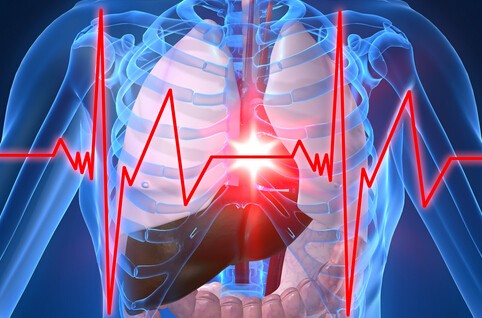
A heart attack occurs when blood flow to a section of the heart muscle is blocked, usually by a blood clot. Left-sided chest pain is a hallmark symptom of a heart attack, often described as a crushing or squeezing sensation.
The pain may radiate to the left arm, neck, jaw, or back. Other symptoms include shortness of breath, nausea, vomiting, lightheadedness, and cold sweats.
Call emergency services immediately if you suspect you or someone else is experiencing a heart attack. Prompt medical treatment is crucial to minimize damage to the heart muscle.
8. Pulmonary Embolism
A pulmonary embolism occurs when a blood clot (usually originating from the legs) travels to the lungs, blocking blood flow to a portion of the lung. This can cause sharp chest pain on the left side, difficulty breathing, rapid heartbeat, and coughing up blood. Pulmonary embolisms can be life-threatening and require urgent medical intervention.
9. Aortic Dissection
An aortic dissection is a serious condition where a tear develops in the inner layer of the aorta, the main artery that carries blood from the heart. This tear can cause severe chest pain that may radiate to the back or abdomen.
Aortic dissections are medical emergencies that demand immediate attention. Surgery is often required to repair the torn aorta and prevent life-threatening complications such as internal bleeding.
10. Rib Fracture
A rib fracture occurs when one or more ribs are broken or cracked. This can happen due to trauma, such as a fall or impact to the chest.
Left-sided rib fractures can lead to localized chest pain that worsens with breathing, coughing, or movements of the torso.
Resting, avoiding activities that strain the chest, and using pain-relieving medications can aid in the healing process. In some cases, binding the chest may also help reduce pain by limiting movement.
11. Lung Conditions
Various lung conditions can cause left-sided chest pain. Conditions such as pleurisy (inflammation of the lining around the lungs), pneumothorax (collapsed lung), and pulmonary fibrosis (scarring of lung tissue) can all lead to discomfort.
Pleurisy, for example, can result in sharp pain that worsens with breathing or coughing. Pneumothorax can cause sudden, sharp chest pain and difficulty breathing.
If you experience persistent or worsening chest pain, it’s important to consult a healthcare provider for an accurate diagnosis and appropriate treatment.
12. Gastrointestinal Issues
Gastrointestinal issues can sometimes lead to referred pain in the chest area. Conditions such as gastritis (inflammation of the stomach lining) or peptic ulcers (sores in the stomach or small intestine) can cause discomfort that radiates to the chest.
The pain may be accompanied by digestive symptoms such as nausea, bloating, and changes in bowel habits. Treating the underlying gastrointestinal issue can help alleviate chest pain. This may involve dietary modifications, medications to reduce stomach acid, and lifestyle changes.
13. Pancreatitis
Pancreatitis is the inflammation of the pancreas, an organ responsible for producing digestive enzymes and hormones like insulin. Left-sided chest pain can be a symptom of pancreatitis, particularly if the inflammation affects the left side of the organ.
The pain may be sharp and radiate to the back. Pancreatitis can have various causes, including gallstones and excessive alcohol consumption. If you suspect pancreatitis, seek medical attention.
14. Shingles
Shingles, caused by the varicella-zoster virus (the same virus that causes chickenpox), can lead to chest pain on the left side. This condition results in a painful rash that typically appears band-like on one side of the body.
The pain associated with shingles can be sharp, burning, or throbbing. Even after the rash clears, postherpetic neuralgia can cause lingering pain.
Antiviral medications are often prescribed to shorten the duration of the rash and reduce pain. Pain relievers, antiviral creams, and topical treatments can provide relief.
15. Muscle Spasms
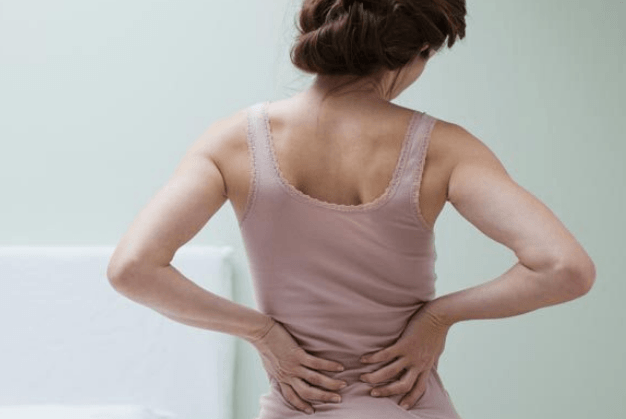
Muscle spasms in the chest wall can lead to localized pain. These spasms can be triggered by various factors, including muscle strain, dehydration, electrolyte imbalances, and even stress.
The pain is often described as a sudden, sharp sensation that may be exacerbated by movement. Maintaining proper hydration, consuming foods rich in electrolytes, and practicing stress-reduction techniques can help prevent muscle spasms.
16. Asthma
Asthma is a chronic respiratory condition characterized by inflammation and constriction of the airways. Chest pain can occur in individuals with asthma due to increased pressure in the chest and difficulty breathing.
The pain may be accompanied by wheezing, shortness of breath, and coughing. Asthma-related chest pain can vary in intensity and frequency. Proper asthma management through inhalers, avoiding triggers, and following an asthma action plan can help alleviate chest discomfort.
17. Rib Inflammation
Rib inflammation, also known as rib synovitis or costosternal syndrome, involves the inflammation of the joints connecting the ribs to the sternum. This can lead to chest pain that worsens with movement, breathing, or even touching the affected area.
The pain is often described as sharp and localized. Resting, avoiding activities that exacerbate the pain, and using anti-inflammatory medications can help reduce inflammation and alleviate discomfort. Applying heat or cold packs may also provide relief.
18. Heartburn
Heartburn, a common symptom of gastroesophageal reflux disease (GERD), can cause chest pain, often described as a burning sensation behind the breastbone. The pain may worsen after meals, when lying down, or when bending over.
Heartburn occurs when stomach acid flows back into the esophagus, irritating its lining. Over-the-counter antacids or acid-reducing medications can help alleviate heartburn and chest discomfort.
Lifestyle changes such as elevating the head of the bed, avoiding trigger foods, and eating smaller meals can also prevent heartburn.
19. Pleurisy
Pleurisy is the inflammation of the pleura, the thin membrane that lines the chest cavity and surrounds the lungs. The friction between the inflamed pleura can cause sharp, stabbing chest pain that worsens with breathing or coughing.
The pain may be localized to the left side of the chest or felt more diffusely. Infections, autoimmune disorders, or underlying lung conditions can cause pleurisy.
20. Gallbladder Issues
Gallbladder problems such as gallstones or inflammation (cholecystitis) can cause referred pain to the chest. The pain may be felt on the left side and is often accompanied by digestive symptoms such as nausea, vomiting, and discomfort after eating fatty foods.
Gallbladder-related chest pain can be triggered by a meal, especially one high in fat. Diagnosis involves imaging tests to identify gallstones or inflammation. Treatment may include dietary modifications, medications, or, in some cases, surgical removal of the gallbladder.
21. Interstitial Lung Disease
Interstitial lung disease refers to a group of lung disorders characterized by inflammation and scarring of the lung tissue. Chest pain in individuals with interstitial lung disease can result from the reduced expansion of the lungs due to fibrosis.
Along with chest pain, individuals may experience shortness of breath, persistent dry cough, and fatigue. Early diagnosis and management are crucial for slowing disease progression and improving quality of life. Treatment may involve medications to reduce inflammation and manage symptoms.
22. Hypertension
Hypertension, or high blood pressure, can lead to left-sided chest pain. Uncontrolled high blood pressure strains the heart and blood vessels, potentially causing discomfort. The pain may be accompanied by other symptoms such as headaches, dizziness, and shortness of breath.
Lifestyle modifications, including adopting a heart-healthy diet, engaging in regular physical activity, managing stress, and taking prescribed medications, can help lower blood pressure and alleviate associated chest discomfort.
Prevention of Chest Pain on the Left Side
Preventing chest pain on the left side involves managing its risk factors. Regular exercise, a healthy diet, not smoking, and maintaining a healthy weight can help prevent heart and lung conditions.
Avoiding triggers for GERD, like spicy foods or lying down after meals, can prevent reflux-related chest pain. Regular check-ups can help detect and manage conditions early, preventing complications.
If you already have a known cause of chest pain, following your doctor’s advice for treatment and lifestyle modifications is crucial.
When to Seek Immediate Medical Attention?
Chest pain on the left side should never be ignored. You should seek immediate medical attention if your pain is severe, sudden, persistent, or associated with symptoms like shortness of breath, sweating, nausea, dizziness, or fainting. These could be signs of a heart attack.
Similarly, a sudden onset of chest pain accompanied by difficulty breathing could indicate a serious lung condition, like a collapsed lung or a pulmonary embolism, requiring urgent medical care.


